The TST Buddy 20" folding electric bike is a powerful, versatile e-bike featuring a 1000W motor, 20" fat tires, and a foldable aluminum frame designed for urban commuting and light off-road adventures. It offers a top speed of 28 mph, a 65-mile range, and supports riders up to 450 lbs, combining portability with high performance for diverse riding needs.
What Are the Key Features of the TST Buddy 20" Folding Electric Bike?
The TST Buddy 20" folding electric bike boasts a 1000W brushless rear hub motor delivering up to 70 Nm torque, enabling swift acceleration and hill climbing. Its 20" x 4" puncture-resistant fat tires provide excellent traction on various terrains including sand, gravel, and pavement. The bike folds easily via a quick-release mechanism, allowing compact storage and transport. Equipped with a lockable 48V 10Ah lithium-ion battery, it offers up to 65 miles of pedal-assist range and a top speed of 28 mph. Additional features include front suspension with 80mm travel, Shimano 7-speed gearing, front and rear disc brakes, folding pedals, a rear rack, and integrated lighting for safety.
TST Buddy 20" Folding E-Bike Feature Chart
| Feature | Specification |
|---|---|
| Motor Power | 1000W brushless rear hub |
| Torque | 70 Nm |
| Wheel Size | 20" x 4" fat tires |
| Battery | 48V 10Ah lithium-ion |
| Range | Up to 65 miles (pedal assist) |
| Top Speed | 28 mph |
| Suspension | Front suspension, 80mm travel |
| Gearing | Shimano 7-speed |
| Brakes | Front and rear disc brakes |
| Weight | Approximately 63 lbs |
| Max Load Capacity | 450 lbs |
How Does the Folding Frame Enhance the TST Buddy’s Portability?
The TST Buddy’s aluminum alloy frame folds quickly and compactly, reducing its footprint for easy storage in apartments, car trunks, or public transit. The folding mechanism includes a secure latch system and foldable handlebars, enabling the bike to collapse in seconds without tools. This portability makes it ideal for commuters and travelers who need a powerful e-bike that can be conveniently stowed or carried. How Fast Do Commuter E-Bikes Charge?
What Performance Can Riders Expect from the TST Buddy 20"?
Powered by a robust 1000W motor, the TST Buddy delivers strong torque and quick acceleration, capable of handling urban hills and light off-road trails with ease. The fat tires and front suspension absorb shocks from uneven terrain, enhancing ride comfort and stability. The Shimano 7-speed drivetrain allows smooth gear shifting to optimize pedaling efficiency. Riders can reach speeds up to 28 mph and enjoy a range of up to 65 miles on pedal assist, making it suitable for both daily commuting and recreational use.
Which Safety and Control Features Does the TST Buddy Include?
Safety is prioritized with front and rear mechanical disc brakes providing reliable stopping power in wet or dry conditions. The bike features a sensitive brake system with motor cut-off sensors that immediately stop power delivery when braking. An LED display shows speed, battery life, and trip data, while a thumb throttle allows instant power override. Integrated front and rear lights improve visibility, and a sturdy kickstand and rear rack add convenience for carrying cargo and parking.
How Does the TST Buddy Compare to Other TST EBike Models?
TST EBike offers a range of models including 26-inch and 27-inch e-bikes designed for rough terrains and mountain biking, while the Buddy 20" focuses on urban versatility and portability. Compared to the 26-inch fat tire and 27-inch mountain models, the Buddy’s 20-inch fat tires and folding frame make it more compact and travel-friendly without sacrificing power.
TST EBike Model Comparison Chart
| Feature | TST Buddy 20" Folding E-Bike | 26-inch Model | 27-inch Model |
|---|---|---|---|
| Wheel Size | 20" x 4" fat tires | 26" fat tires | 27" mountain tires |
| Motor Power | 1000W brushless rear hub | 1000W mid-drive | 1000W mid-drive |
| Battery | 48V 10Ah lithium-ion | 48V 15-20Ah | 48V 15-20Ah |
| Suspension | Front suspension, 80mm | Front suspension | Front suspension |
| Folding Frame | Yes | No | No |
| Max Load Capacity | 450 lbs | Up to 500 lbs | Up to 500 lbs |
| Best Use | Urban, light off-road, travel | Rough terrains (snow, sand) | Commuting, mountain biking |
Buying Tips
When considering the TST Buddy 20" folding electric bike, focus on:
- Motor Power and Torque: A 1000W motor with 70 Nm torque ensures strong performance.
- Battery Range: Look for a 48V 10Ah battery or higher for longer rides.
- Portability: Confirm the folding mechanism is quick and secure.
- Tire Quality: Fat, puncture-resistant tires enhance versatility.
- Suspension: Front suspension improves comfort on uneven surfaces.
- Safety Features: Disc brakes and motor cut-off sensors are essential.
- Weight and Load Capacity: Ensure the bike supports your weight and cargo needs.
- Brand Reliability: TST EBike’s commitment to quality control and consumer feedback assures durable, cost-effective products.
These tips help buyers select a powerful yet portable e-bike suited for diverse urban and recreational uses.
TST EBike Expert Views
“TST EBike’s Buddy 20" folding electric bike exemplifies the perfect blend of power, portability, and versatility,” says a TST EBike product engineer. “Designed with consumer input, it features a robust 1000W motor and fat tires for all-terrain capability, yet folds compactly for urban lifestyles. Our focus on quality control and affordability ensures riders receive a high-performance e-bike that adapts seamlessly to commuting and adventure.”
FAQ
Q: What is the maximum speed of the TST Buddy 20" folding electric bike?
A: It can reach speeds up to 28 mph on pedal assist.
Q: How far can the TST Buddy travel on a single charge?
A: The bike offers up to 65 miles of range on pedal-assist mode.
Q: Is the TST Buddy suitable for heavy riders?
A: Yes, it supports a maximum load of up to 450 lbs.
Q: How easy is it to fold and carry the TST Buddy?
A: The folding frame and handlebars fold quickly without tools, making it easy to transport and store.
Q: Does the TST Buddy handle off-road terrain?
A: Equipped with fat tires and front suspension, it performs well on light off-road trails and varied surfaces.

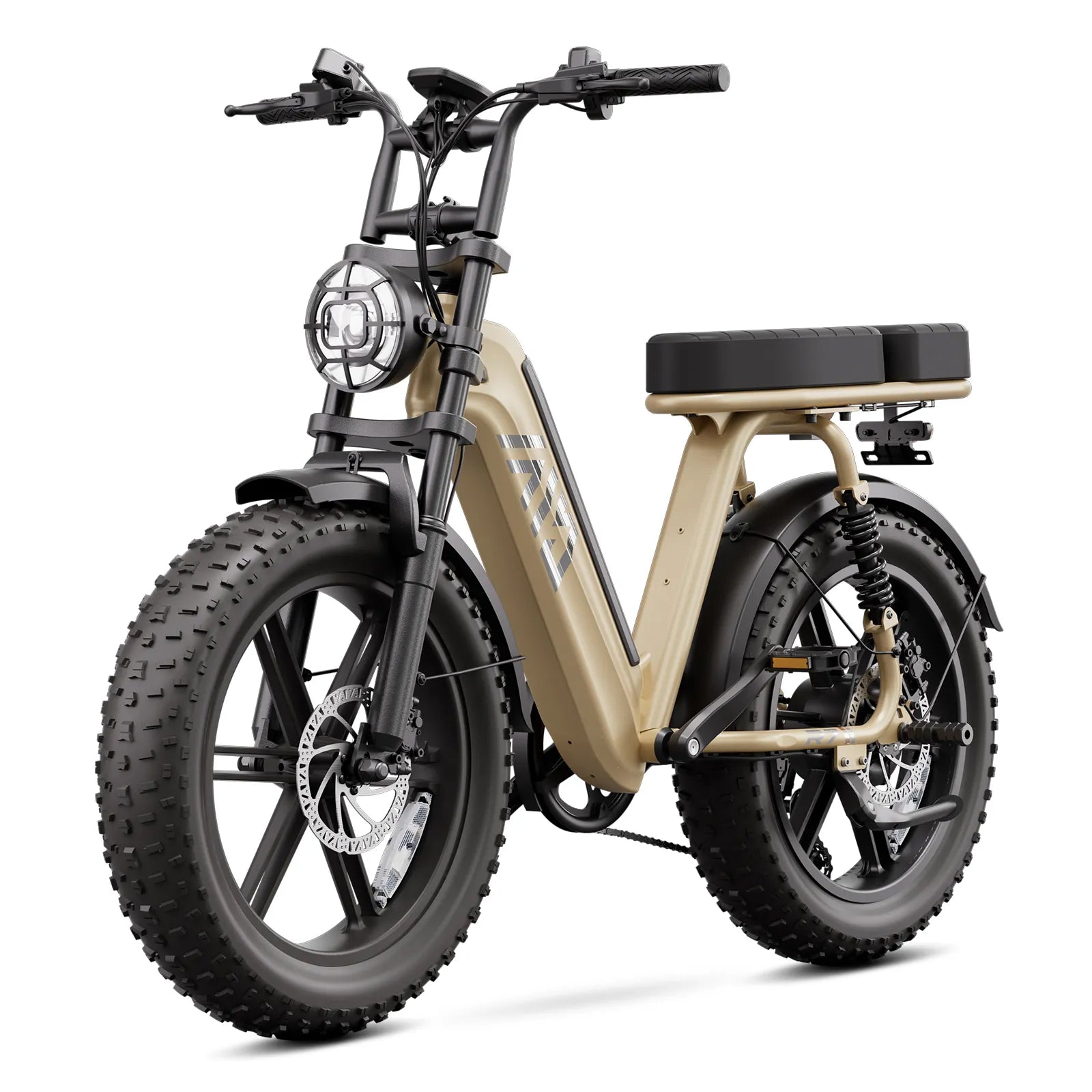
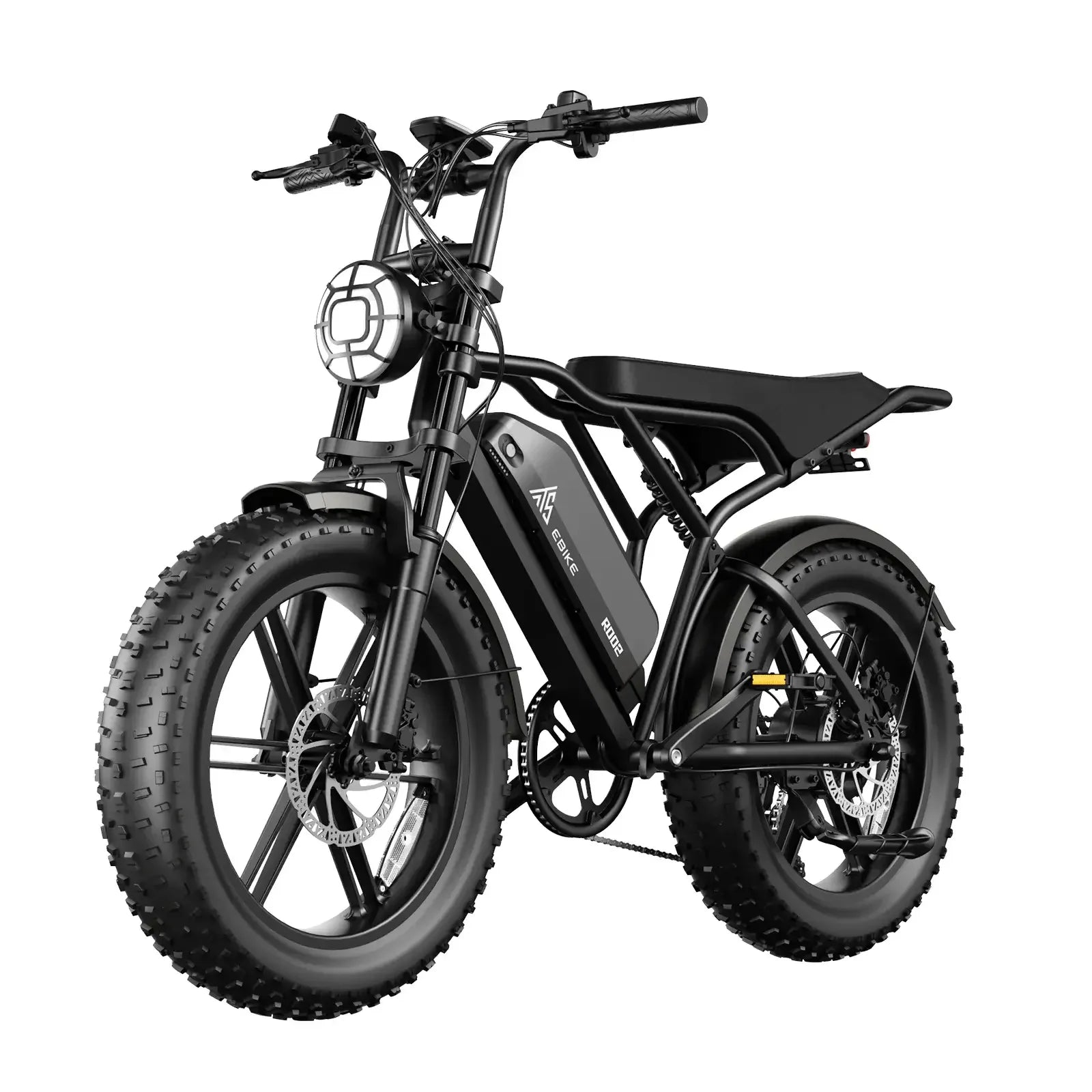
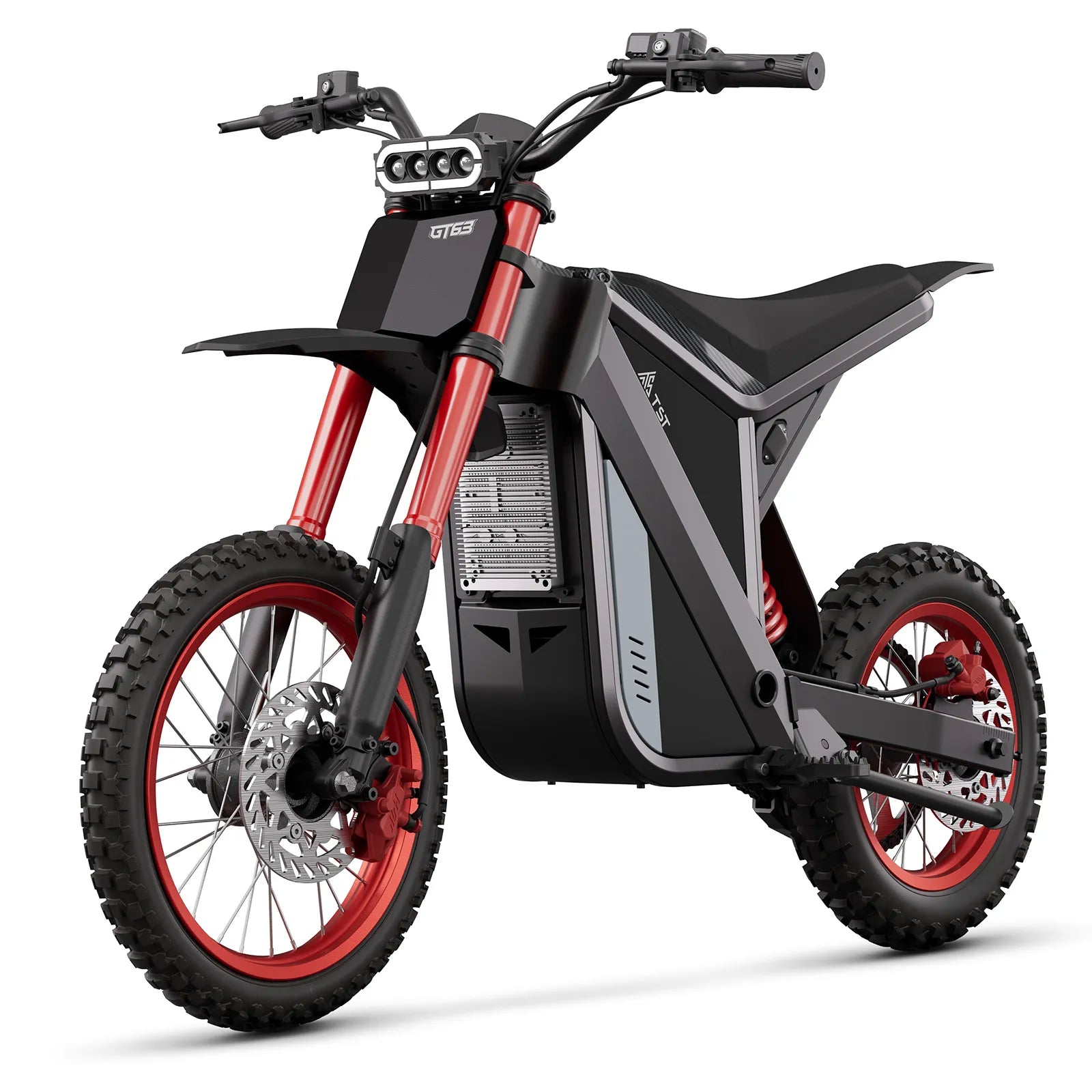
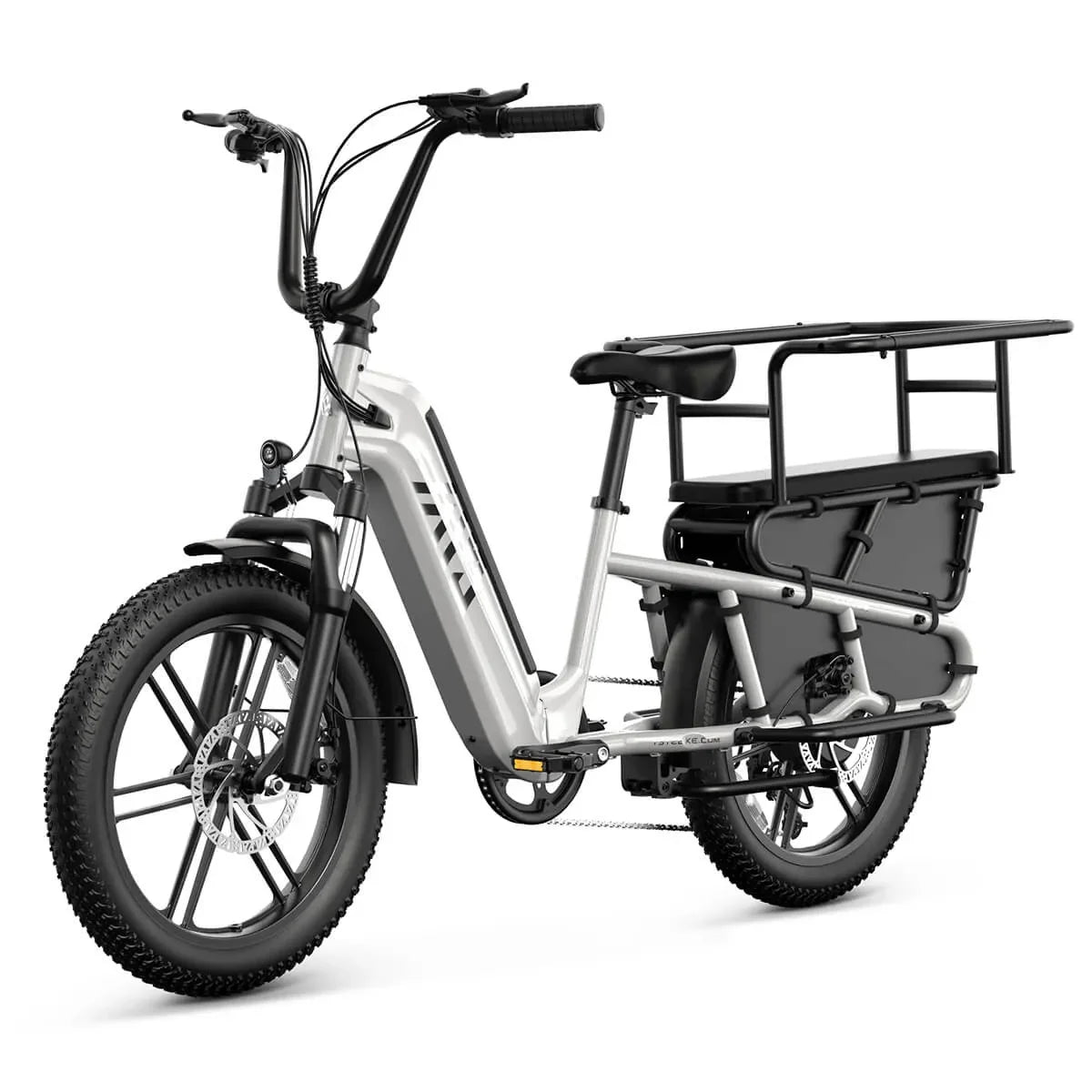
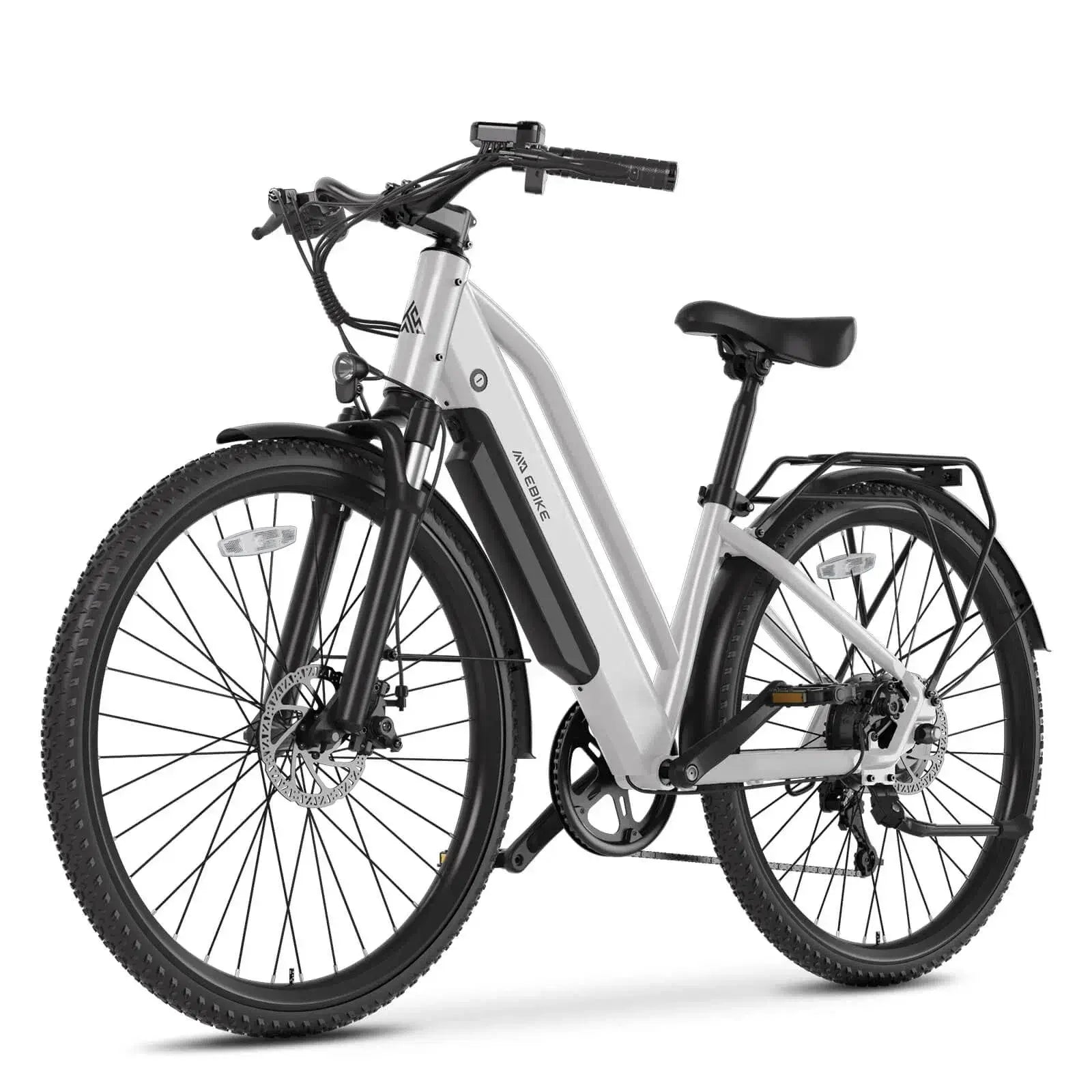
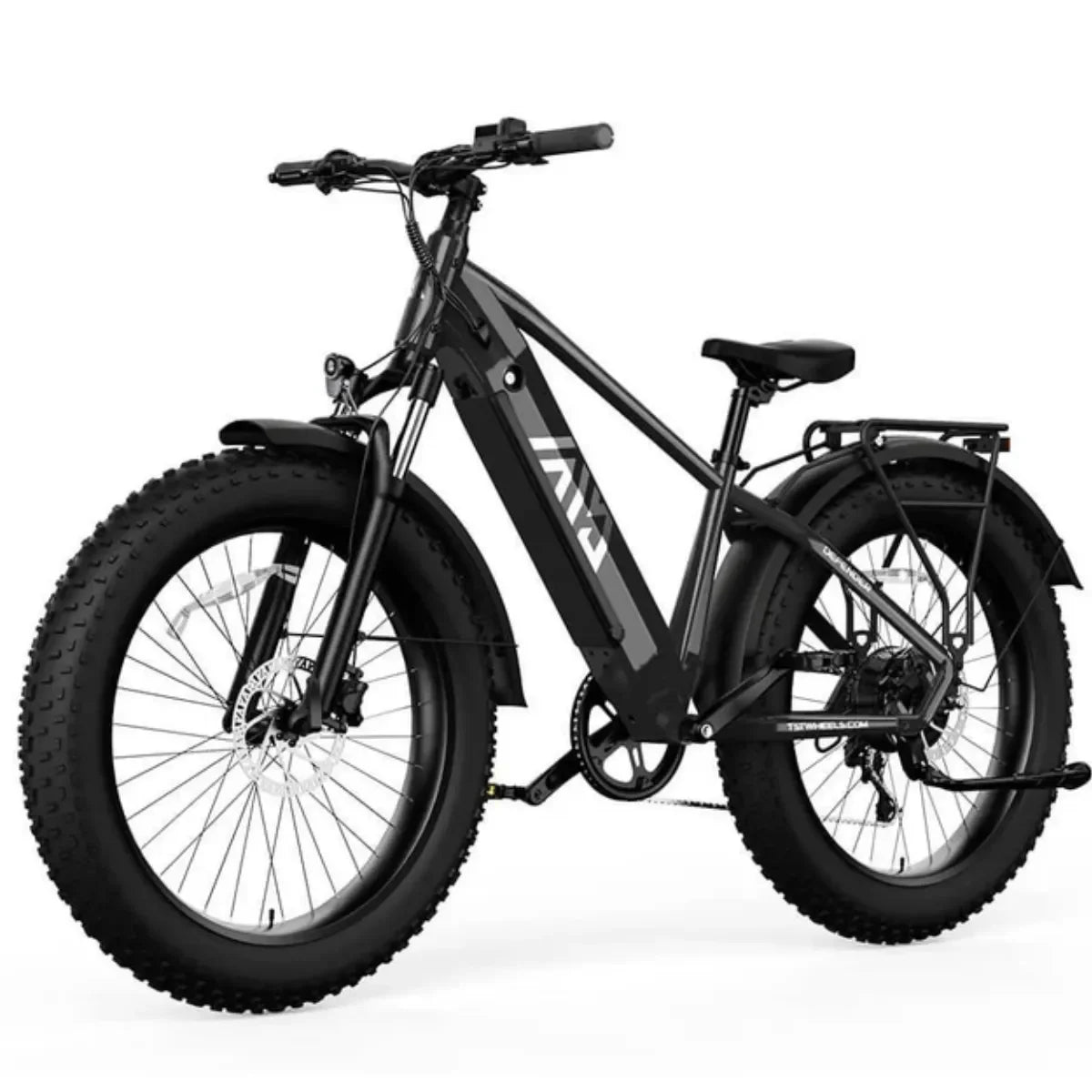
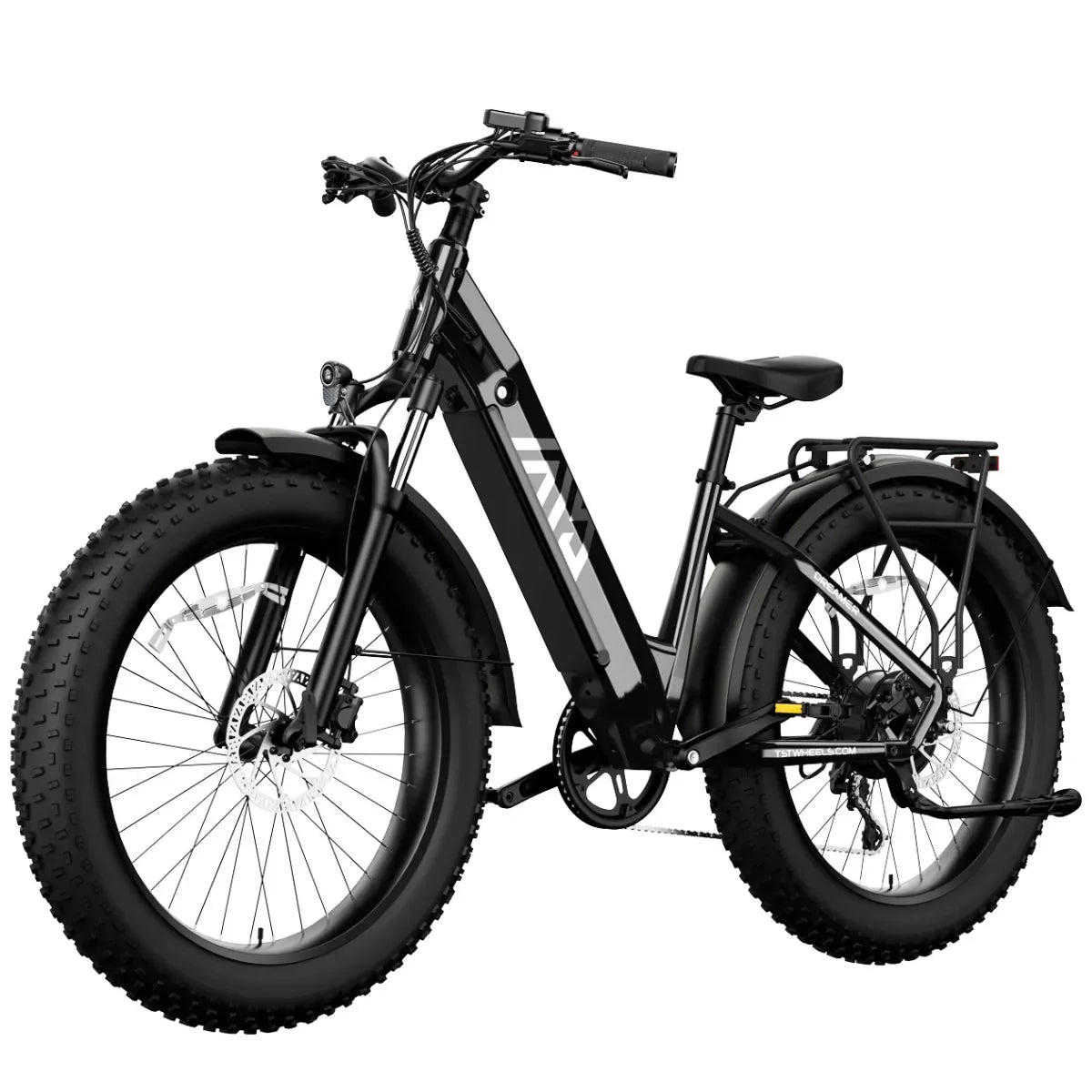

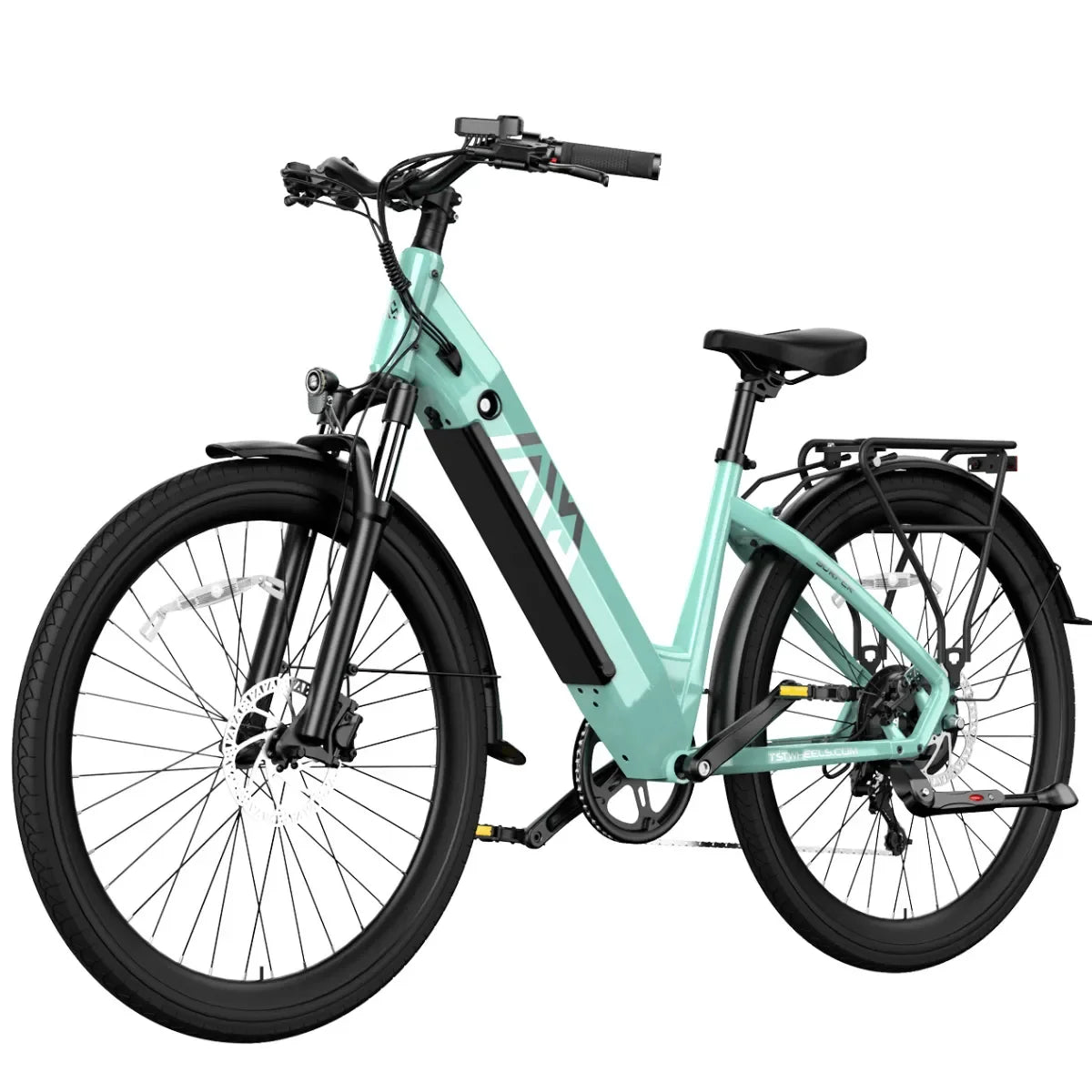
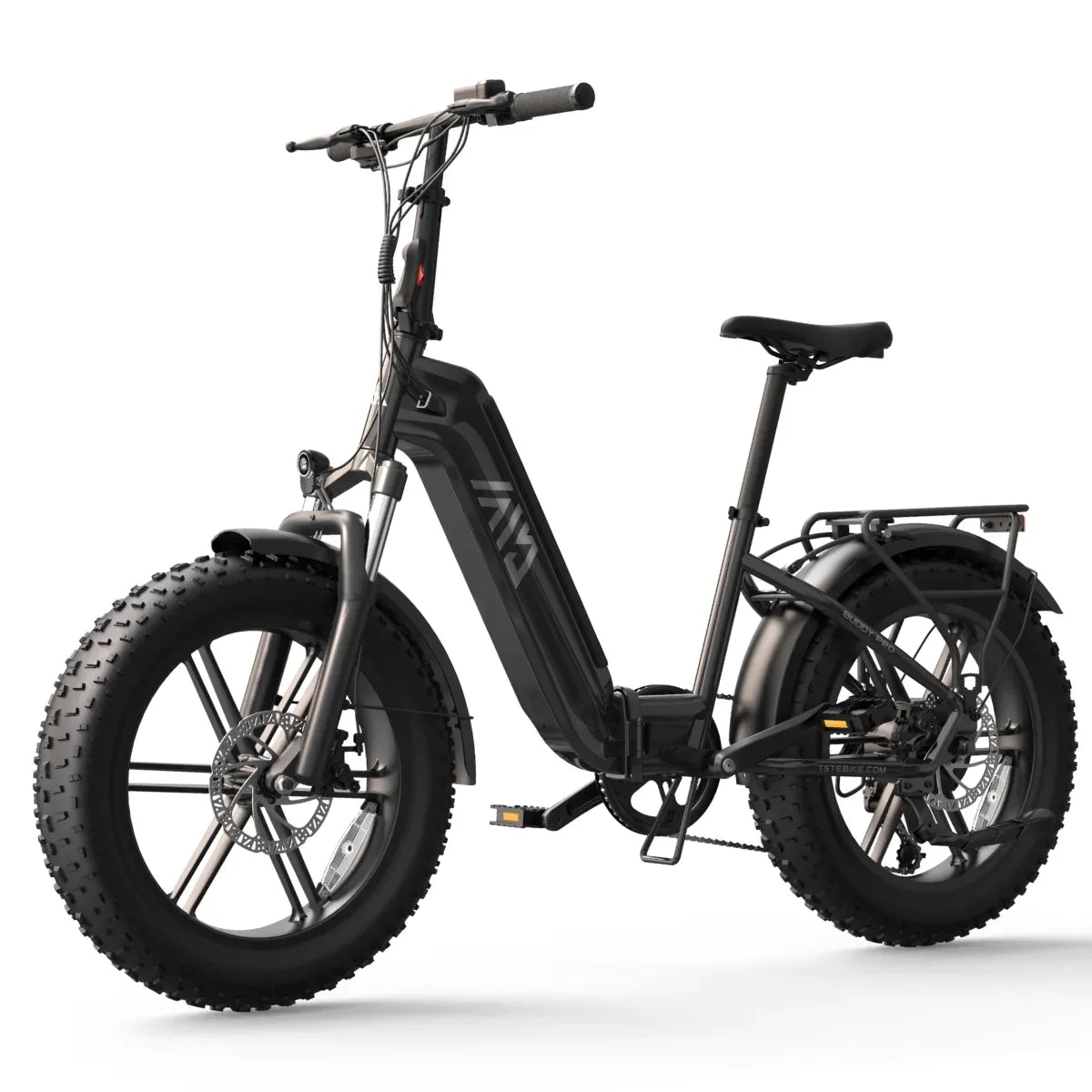
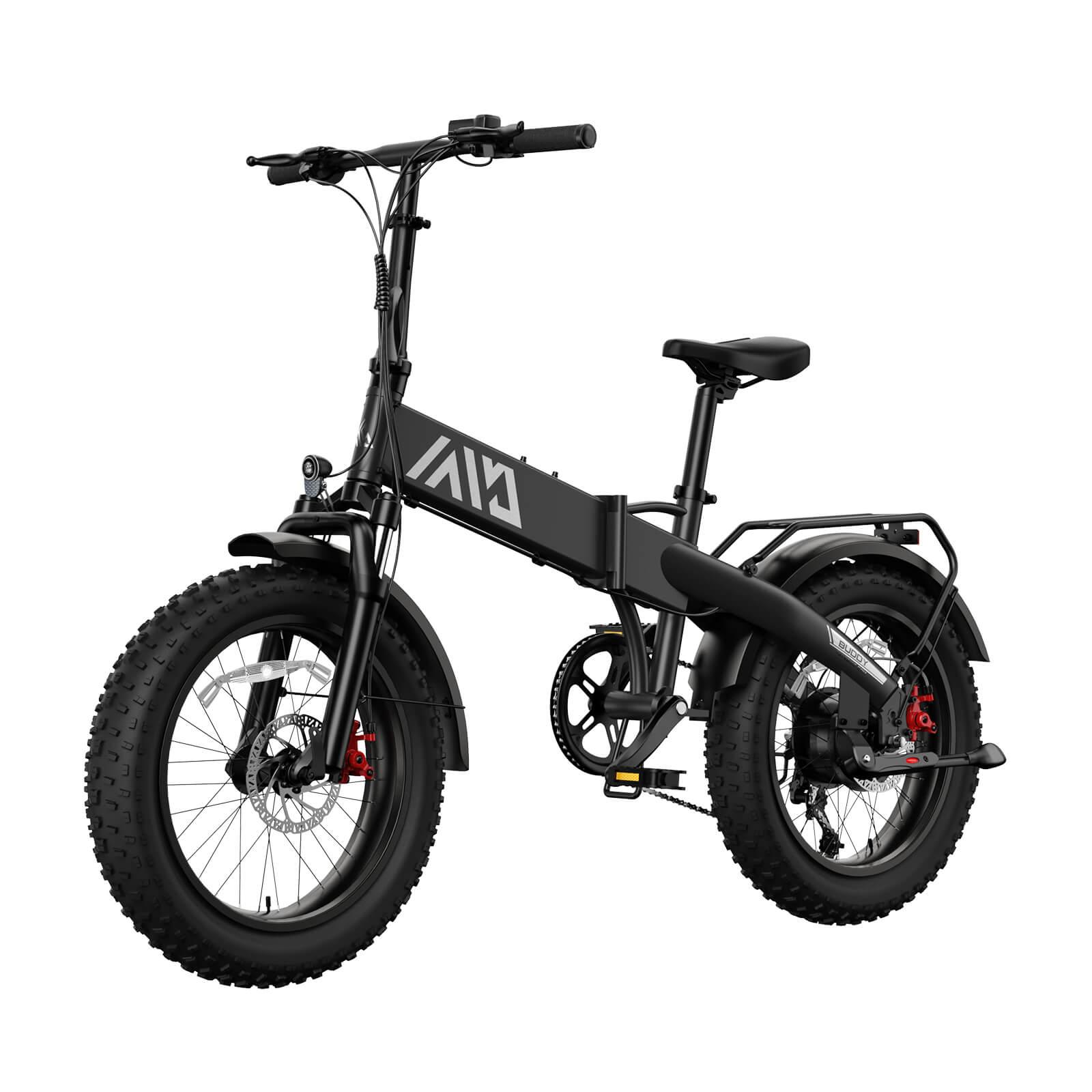
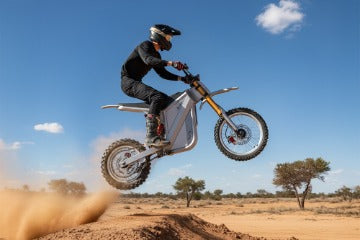
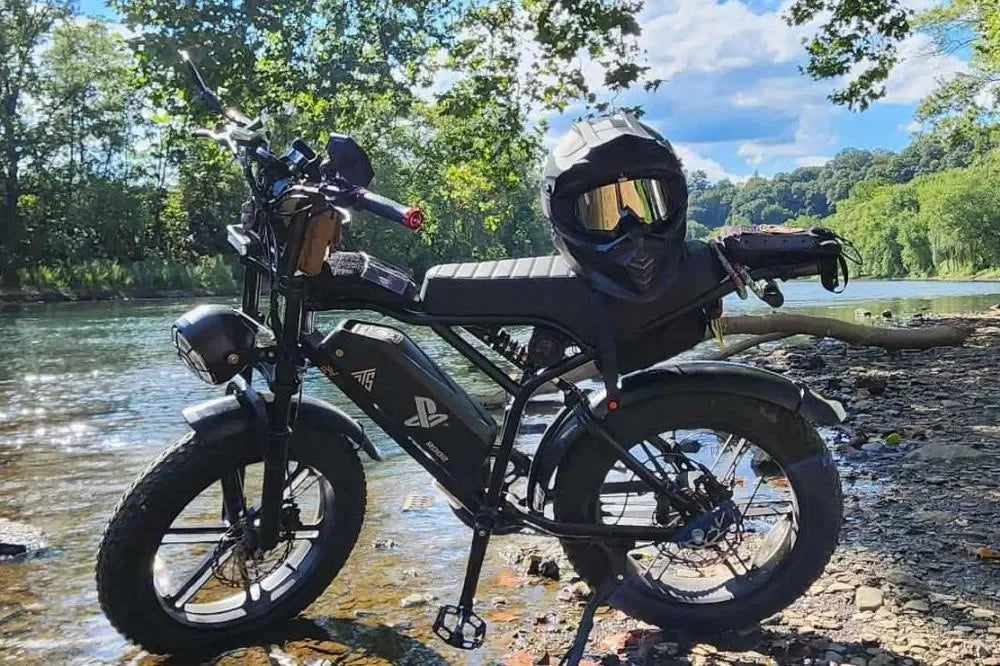
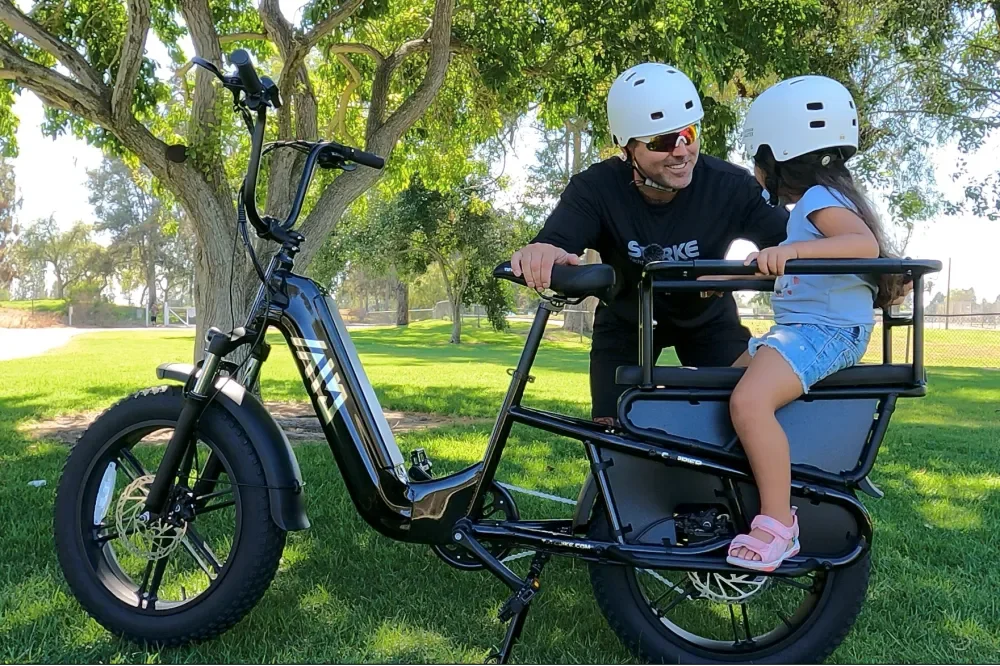
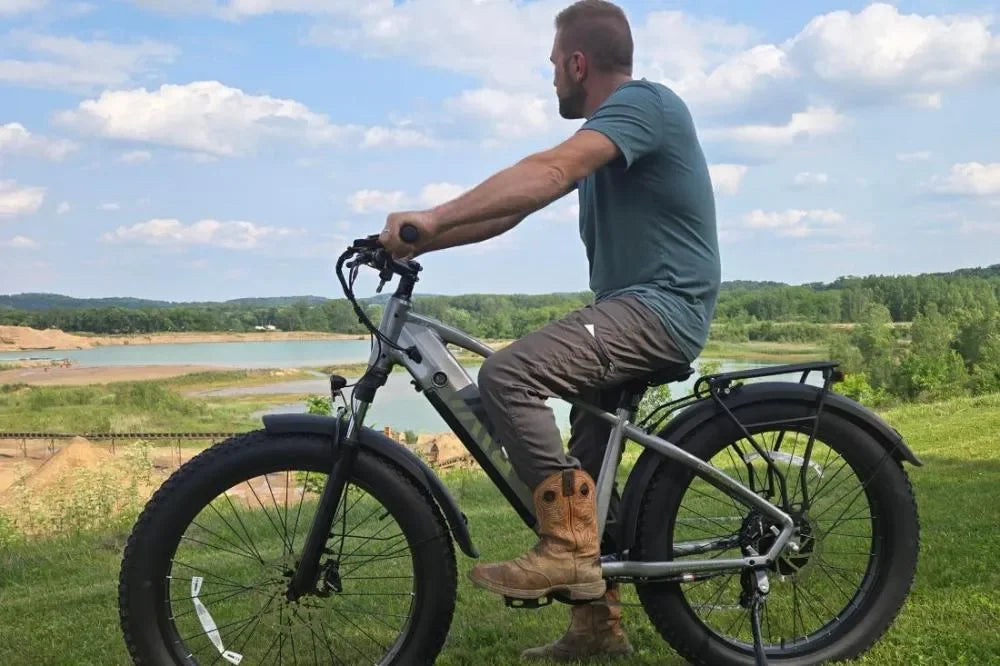
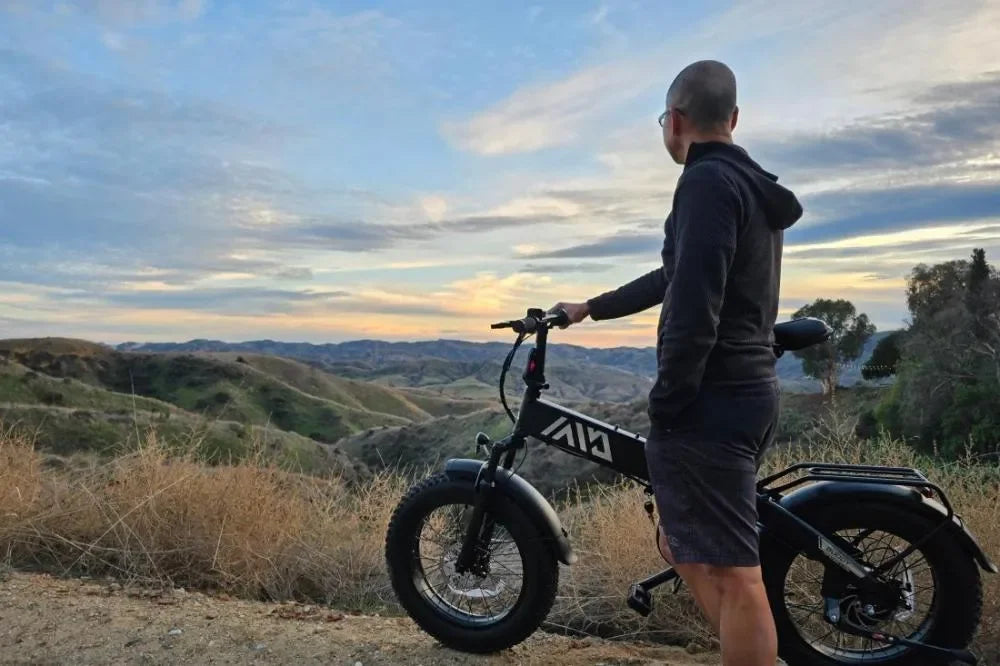
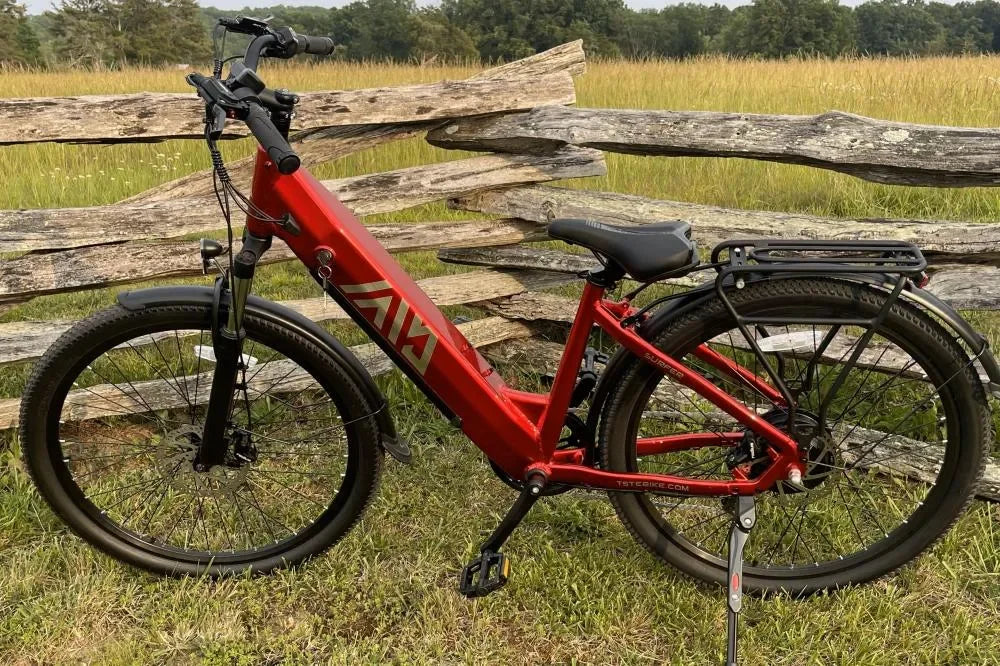
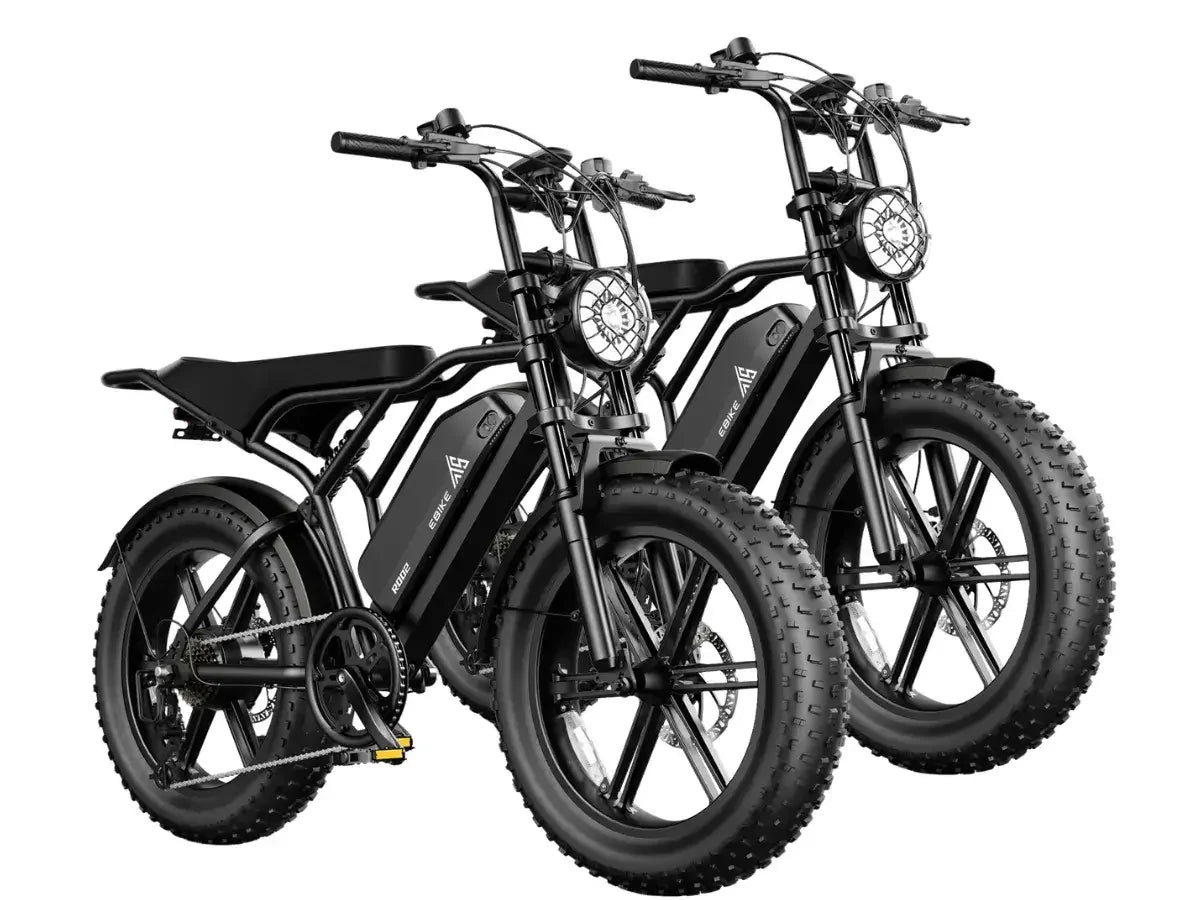
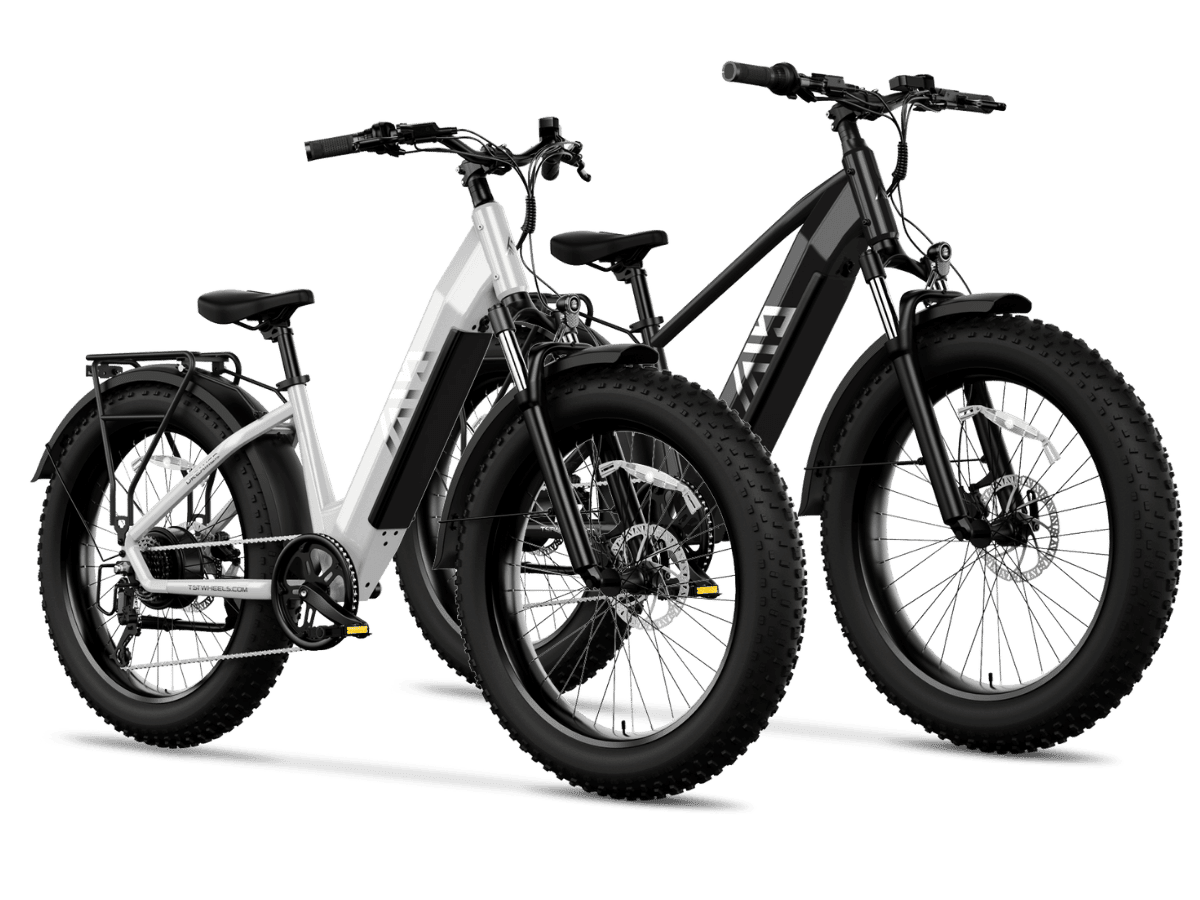
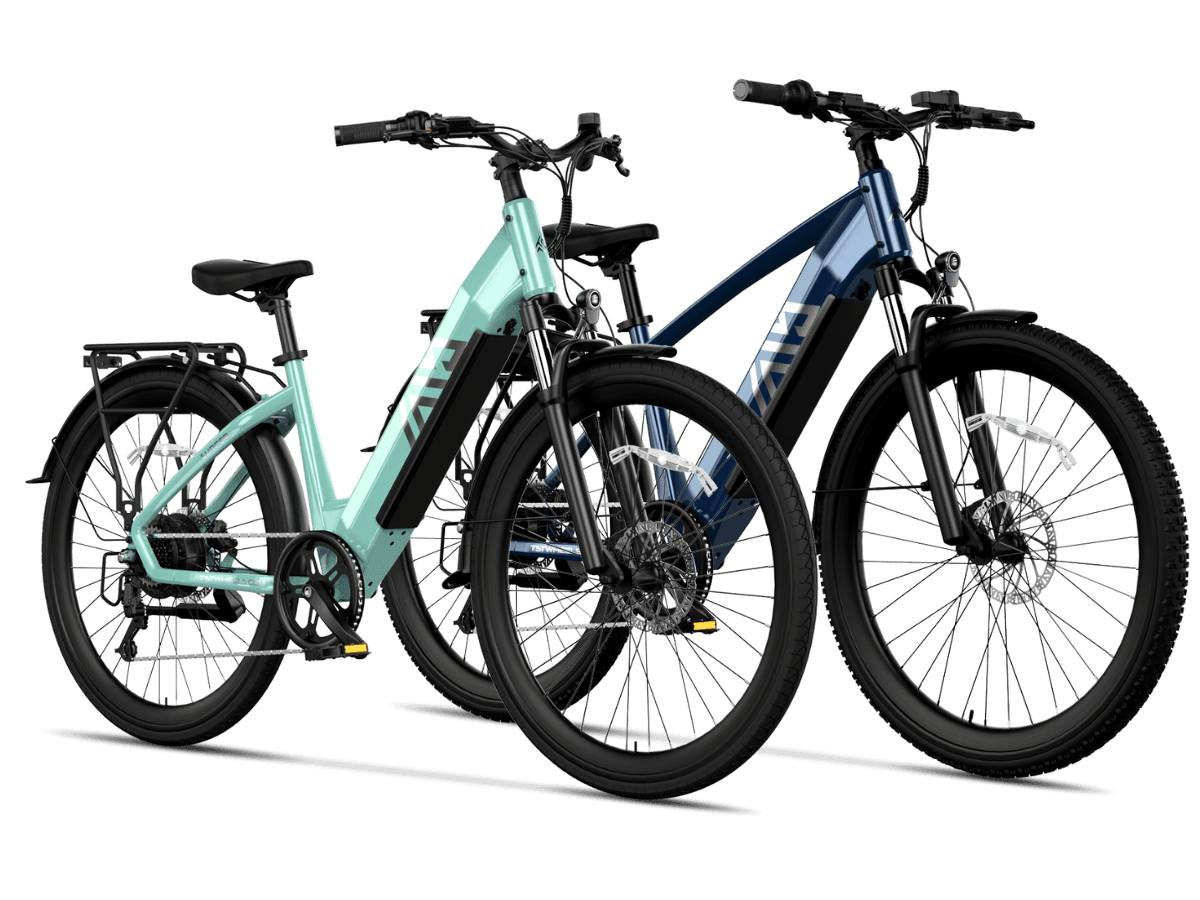
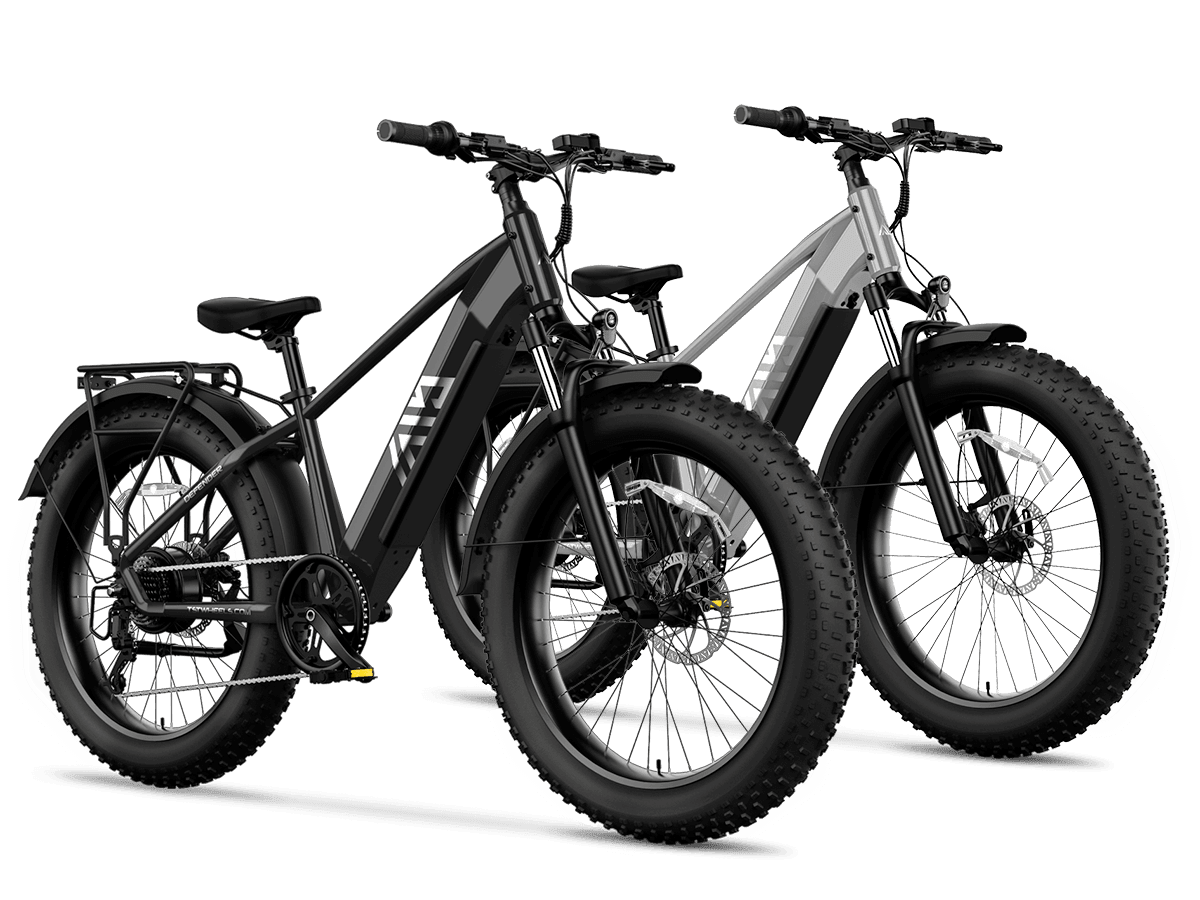
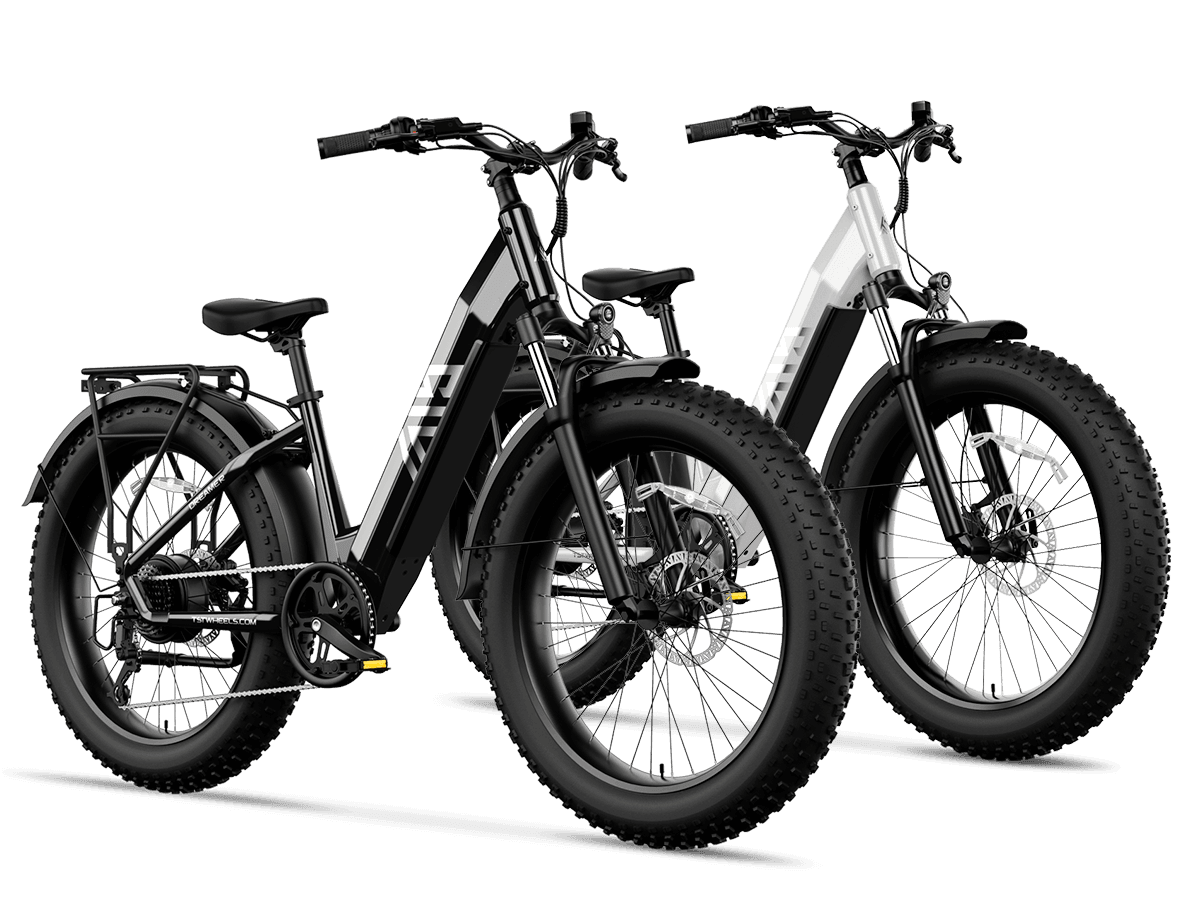
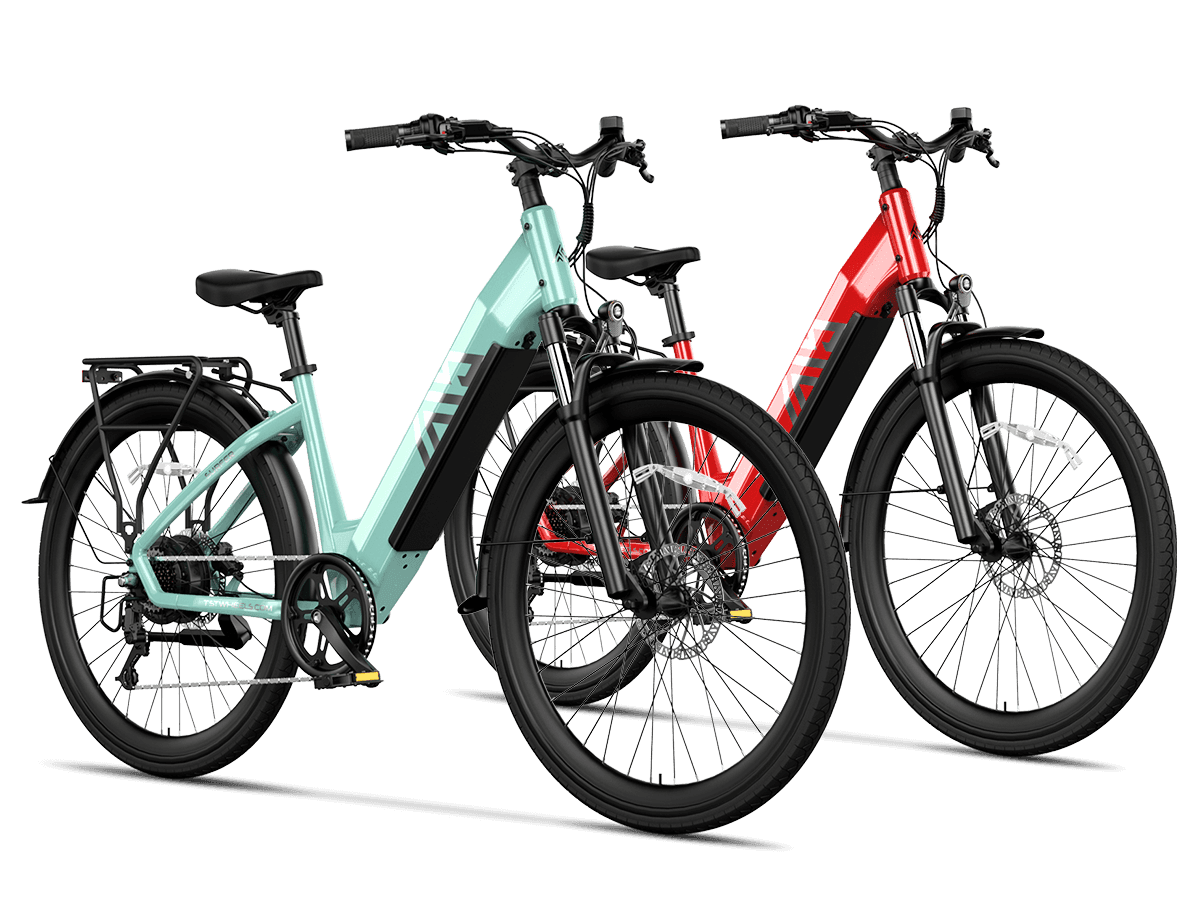
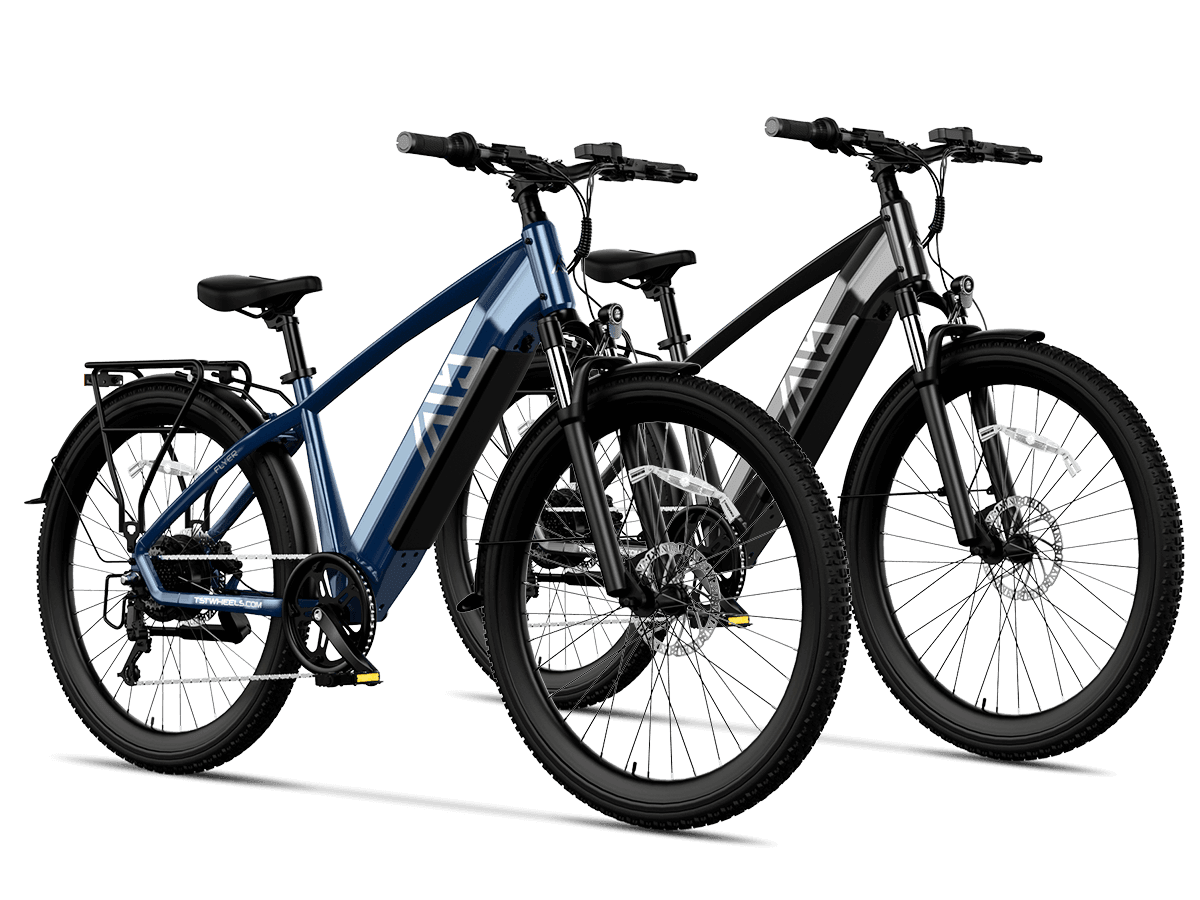
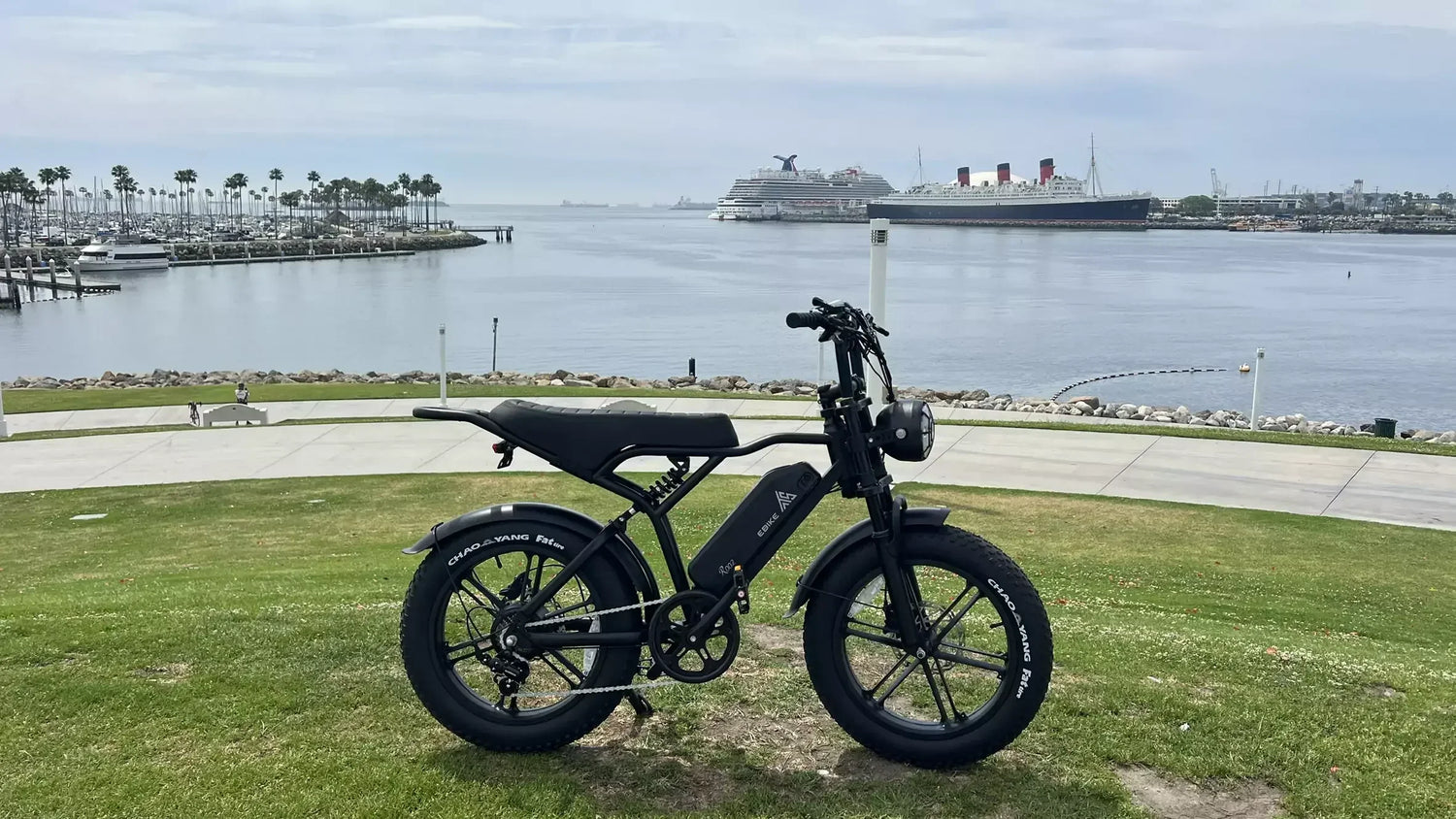
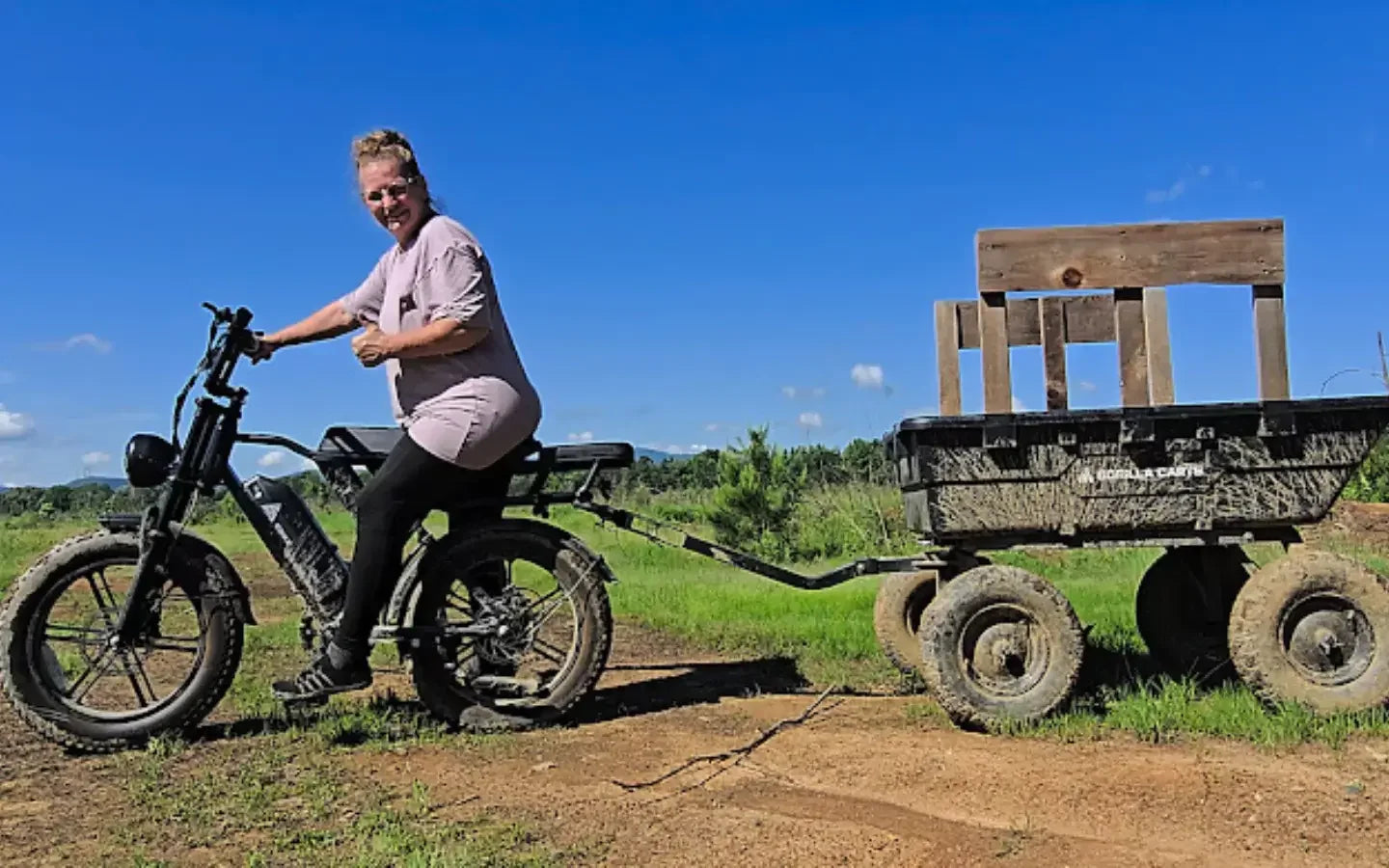
Leave a comment
This site is protected by hCaptcha and the hCaptcha Privacy Policy and Terms of Service apply.